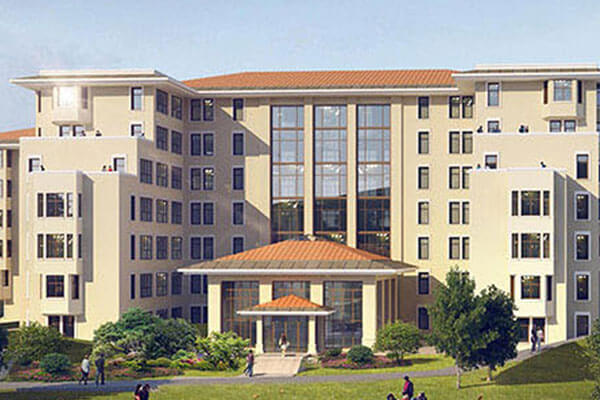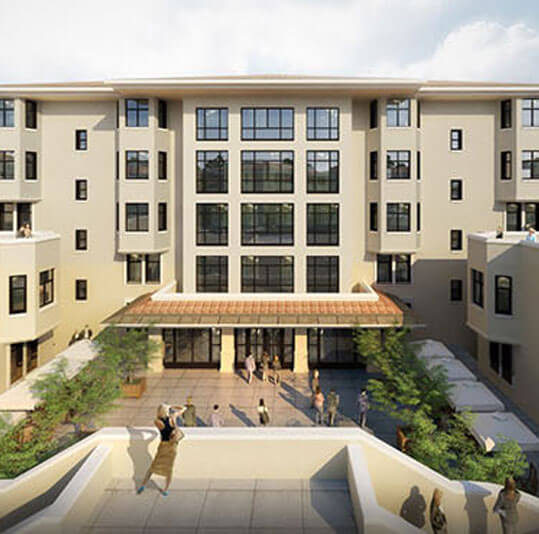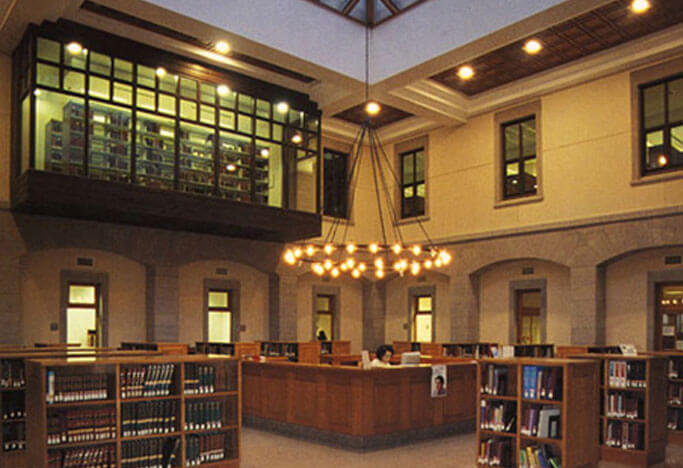
Mr. Mozhan Khadem is President and founding Principal of Boston Design Collaborative. His many years of professional experience include numerous awardwinning projects in the United States, Europe, Turkey, Egypt, Pakistan, and Iran. His career includes senior design leadership and Principal positions with prominent U.S. architectural practices such as Perkins and Will in Chicago and Tehran, Mojda Associates in Iran, Payette Associates in Boston, and Anshen & Allen in San Francisco. He served as a Principal-in-Charge and design director of many significant projects including the American University in Cairo; the Koç University, Istanbul, Turkey; Jondi Shapour University, Ahwaz, Iran; Alfred and Norma Lerner Tower, Samuel Mather Pavilion at the University Hospitals of Cleveland; University of Miami Medical Center; Sylvester Cancer Clinic; Farahzad (Shahrak e Gharb) master plan and building designs, Teheran, Iran (for 400,000 families); Armed Forces Medical City, Rawalpindi, Pakistan; Jackson Laboratories, New Research Building, Bar Harbor, Maine, He was selected by H.H. The Aga Khan as design consultant for the Aga Khan University and Hospital together with Payette Associates as Healthcare architects. Mr. Khadem joined Payette Associates in 1979 as a Principal and Director of Design and led this project in design and construction in Khadem Studio of Payette Associates. Mozhan Khadem has led large and complicated projects involving complex master planning, programming, and architecture. His work has been noted for its culturally and environmentally responsive design. Mr. Khadem’s architectural practice is profoundly influenced and inspired by his philosophy. Particularly that architecture is the outward expression of the inner reality of all physical and social phenomena.
The Design Philosophy of Continuous Architecture

The Inner Reality
The Outer Appearance

The Architecture of Social institutions
Mozhan Khadem believes that the architecture of all social enterprises such as educational, health, cultural, residential, and commercial institutions should also reflect the same qualities of the unique “sense of place”, “sense of time” and “sense of continuity” that the architecture of the physical phenomena reflects.
